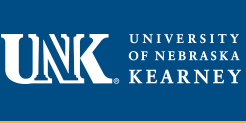Keywords
Computer networks, information storage and retrieval systems, computer network protocols
Abstract
The physical structure of the Internet has entered a transition recently due to the demand for higher bandwidth worldwide. Technologies such as T1 and frame relay have been superseded by asynchronous transfer mode (ATM) and digital/asymmetrical subscriber loops (DSL/ASL). Along with the new hardware technology there are improvements in software/network protocols as well. The concepts of quality of service and reservation bandwidth further enhance the efficiency of these new technologies by optimizing the use of the increased bandwidth provided.
While networking is extremely important, representing this physical structure in labs for educational purposes can be expensive, with even simple setups costing a quarter of a million dollars or more. The purpose of this paper is to illustrate how this new technology can be integrated into the information systems/computer networking curriculum in a less costly manner, thereby allowing universities to enhance students’ learning experience by using industry current technology.
Recommended Citation
Guster, D., Weber, J. E., & Hall, C. (2002). A Method for Cost Effective Integration of High-Speed Wan Transmission Technologies into a College Computer Networking Curriculum. Mountain Plains Journal of Business and Technology, 3(1). Retrieved from https://openspaces.unk.edu/mpjbt/vol3/iss1/1


